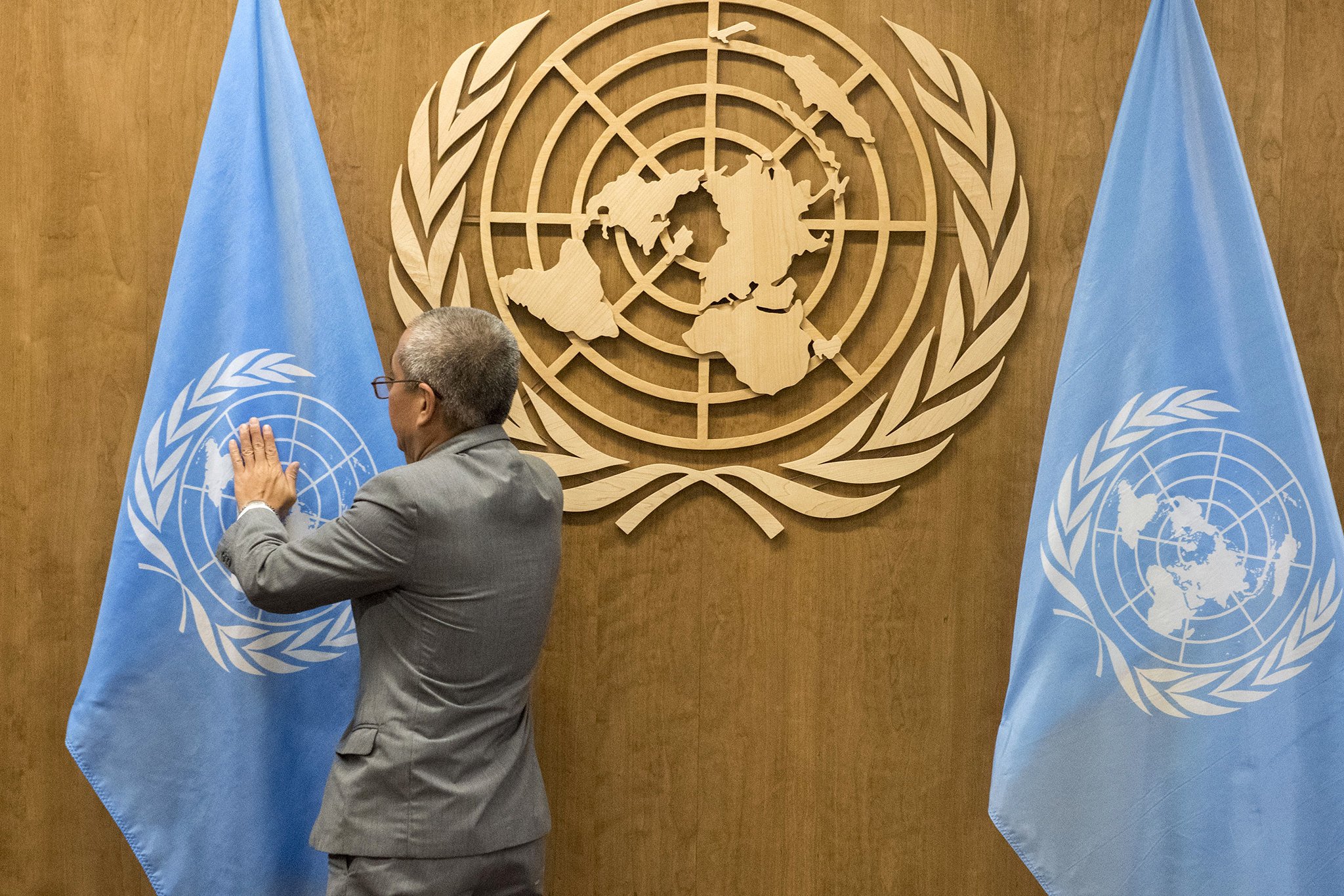The ICRC and <em>Slate</em>: An Exchange on Weapons
The ICRC, on its blog Intercross, has responded to a pair of recent articles in Slate on weapons.
Published by The Lawfare Institute
in Cooperation With

The ICRC, on its blog Intercross, has responded to a pair of recent articles in Slate on weapons. It's an interesting exchange---well worth a look.
First, Slate ran this piece by Brad Allenby and Carolyn Mattick entitled, "Why We Need New 'Rules of War': Individually Addressing New Technologies Like Drones Isn't Enough. We Need to Rewrite the Rule Book." It argues:
The following day, Slate ran this piece by Fritz Allhoff on "The Paradox of Nonlethal Weapons: Under International Law, Killing an Enemy is More Permissible than Blinding Him." It argues:It isn’t that the established laws of war, many centuries in development, have suddenly become completely inapplicable—at the least, some future conflicts will consist of traditional state-to-state combat. But, clearly, technological evolution and concomitant changes in military, cultural, and social domains have rendered virtually all of the fundamental assumptions underlying the laws of war at least potentially contingent. It is unlikely that such fundamental and pervasive change will not affect in some meaningful way doctrines and principles that were formulated and tested under very different and less complex conditions.We need to develop a sophisticated and adaptive institutional capability to recognize critical change as it happens, understand the implications across multiple domains, and respond in ways that are rational, ethical, and responsible. Calls for new treaties regarding specific technologies—cyberconflict, lethal autonomous robots, or drones—to some extent reflect this inchoate need. But useful as they may be as learning experience, they are mere attempts to update an already obsolete international regime. They neither appreciate, nor respond to, the enormity of the challenge before us: to create new and viable laws of conflict that represent a modern, sentient, and moral response to the human condition known as war.
As military technologies develop, nonlethal weapons offer much promise. Riot control and other dispersing technologies—such as the Active Denial System, which is a millimeter-wave transmitter used for crowd control—can de-escalate conflict and, with it, limit human costs. Nevertheless, the ICRC and international humanitarian law take a dim view of at least some nonlethal weapons, despite allowing lethal counterparts. In doing so, though, these bodies owe an answer to a quite basic question: How can lethal weapons be preferable to nonlethalweapons? Of course it would be better if we didn’t have to use either. But until conflict can be eradicated like smallpox, we need to disarm the paradox.Neil Davison of the ICRC responded yesterday, arguing as to new technologies that:
Often when new technologies and weapons emerge there are concerns expressed that they are not covered by existing law. In fact, as mentioned above, the opposite is true. Existing international humanitarian law always applies to new weapons and employment of new technological developments in warfare. Nevertheless, some new technologies may raise questions of whether existing law is sufficiently clear or whether it needs to be elaborated to take account of specific challenges raised by new technologies. The advent and expansion of ‘cyber warfare’ and the use of remote controlled systems, such as drones, and automated weapons raise some of these challenges. As do considerations of developing autonomous weapon systems in the future. Still, the fact that a particular means or method of warfare is not specifically regulated, does not mean that it can be used without restriction. From the ICRC’s perspective it is crucial to have an informed discussion about the potential adverse effects of new technologies in light of their specific characteristics and their foreseeable humanitarian impact, as well as their implications for international humanitarian law. This is to ensure they are not employed prematurely, in a manner where respect for international humanitarian law cannot be guaranteed. This type of international discussion is well underway. In sum, with new means and methods of warfare the important question is not whether a given technology is ‘good’ or ‘bad’ in itself, but to consider the particular characteristics of the weapon, the circumstances of its use, and its compatibility with international law.As to non-lethal weapons, Davison writes:
The question of context is illustrated by the well-worn discussion about so called “non-lethal weapons”. A range of old and new weapons technologies have been described and promoted collectively as “non-lethal weapons”. However, it is misleading to characterise any weapon in terms of ‘lethality’ or ‘non-lethality’. A hand gun can be used is a ‘non-lethal’ manner, for example by firing a warning shot in the air, just as a plastic bullet can kill at short range and ‘tear gas’ can kill in enclosed spaces. The outcome of use of a weapon will be dependent on the characteristics of the particular weapon, the specific context of its use, and the individual vulnerabilities of the victim. In other words, for the purposes of international humanitarian law there are no new “non-lethal weapons”, only new weapons. Each weapon, however it is labelled, must be assessed and reviewed individually to ensure its use would be compatible with international law. Generalisations are unhelpful as each weapon will have its own unique characteristic and injury mechanisms, which may vary from conventional ‘kinetic’ force to unconventional effects using chemicals, electricity, acoustic energy, and electromagnetic energy. Furthermore, certain weapons may already be restricted or prohibited by internationally agreed treaties. Sometimes the reasons for existing restrictions agreed by States may not be immediately apparent to the outside observer, but these become clear with further understanding of their origins.
Benjamin Wittes is editor in chief of Lawfare and a Senior Fellow in Governance Studies at the Brookings Institution. He is the author of several books.




.jpg?sfvrsn=82a6ee72_5)
